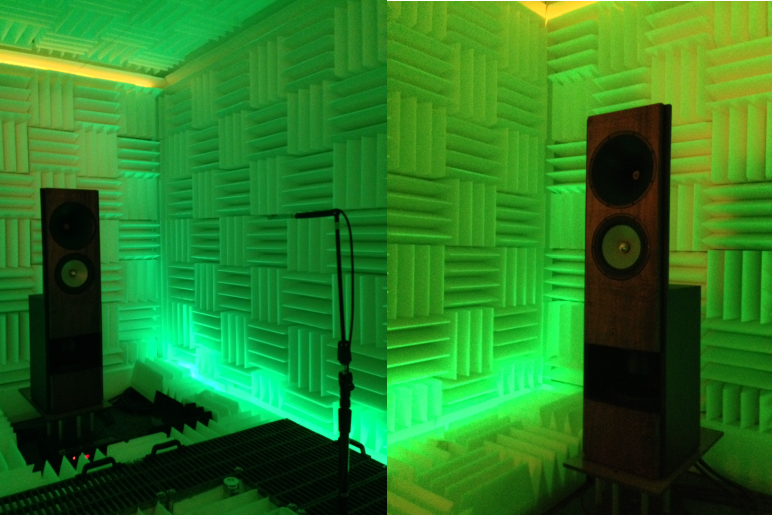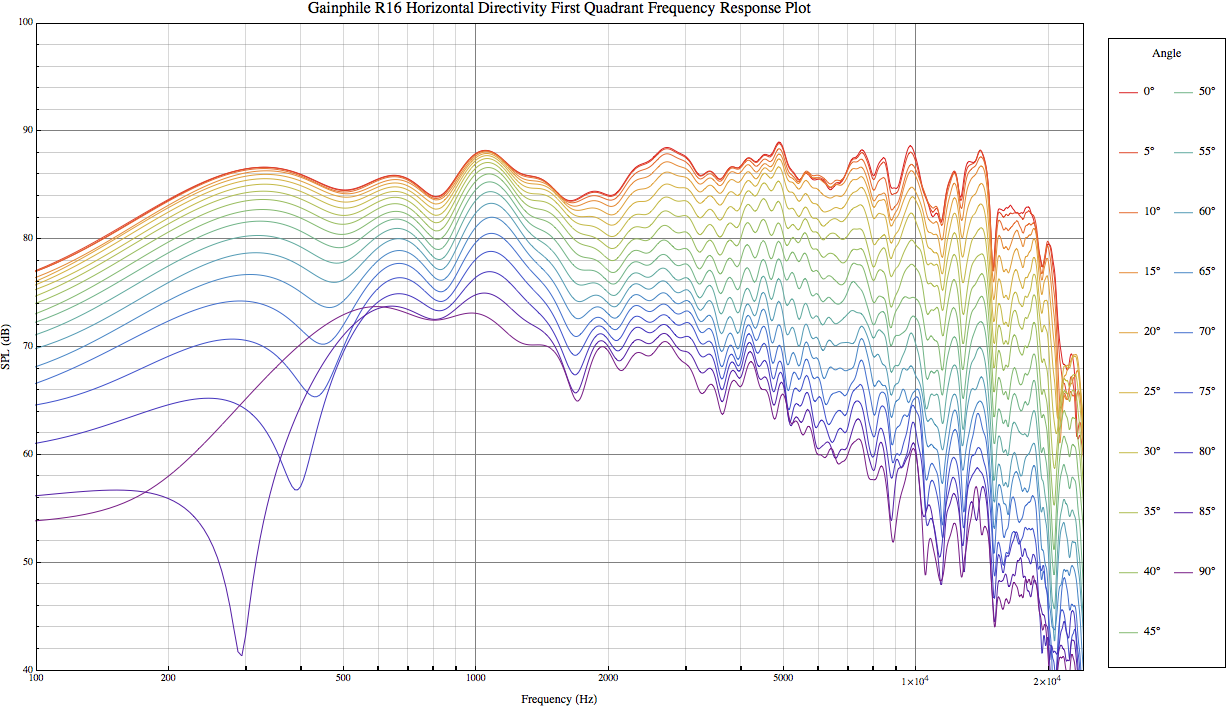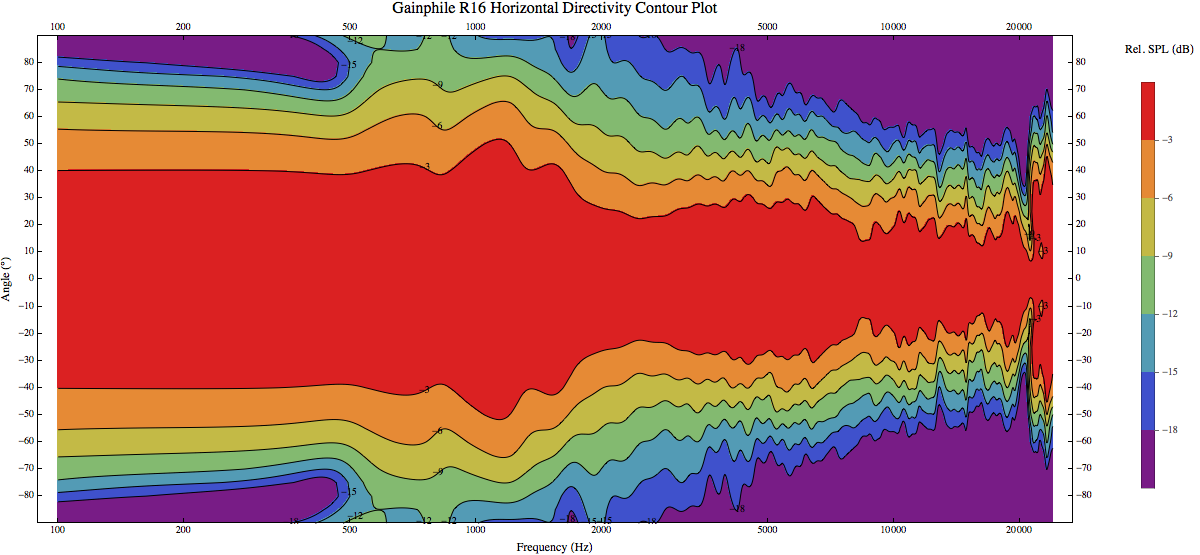Princeton 3D3A posted their measurement results of these speakers just a few days ago.
www.princeton.edu/3D3A/Directivity/Gainphile%20R16/index.html
I am pleasantly surprised that my ironing board + outdoor combo measures very closely corresponds to purpose-built acoustic lab!



www.princeton.edu/3D3A/Directivity/Gainphile%20R16/index.html
I am pleasantly surprised that my ironing board + outdoor combo measures very closely corresponds to purpose-built acoustic lab!



Last edited:
Princeton 3D3A posted their measurement results of these speakers just a few days ago.
www.princeton.edu/3D3A/Directivity/Gainphile%20R16/index.html
I am pleasantly surprised that my ironing board + outdoor combo measures very closely corresponds to purpose-built acoustic lab!
Congratulations! Let me guess: Edgar Choueiri's team at Princeton needed a speaker with exceptional directivity control for their crosstalk cancellation algorithm development. Certainly looks like your speaker achieved that.
The measurement at princeton ist very interesting! When you only consider the frontal plane (+/- 90°) then this dipole is very good in the lower region. But with a +/- 180° point of view the power response is worse than that of a monopole of similar size.
Please compare it to the JBL PRX635. Directivity Index of the R16 drops below 2 kHz while the PRX635 stays nearly constant. The main reason ist the midrange horn of the PRX635 which is crossed at 460 Hz. But even below that frequency the DI is a bit higher. The dipole shows no real benefit here.
Don't get me wrong. I don't want to criticize the R16. It is more like a monopole vs. dipole consideration.
Please compare it to the JBL PRX635. Directivity Index of the R16 drops below 2 kHz while the PRX635 stays nearly constant. The main reason ist the midrange horn of the PRX635 which is crossed at 460 Hz. But even below that frequency the DI is a bit higher. The dipole shows no real benefit here.
Don't get me wrong. I don't want to criticize the R16. It is more like a monopole vs. dipole consideration.
Congratulations! Let me guess: Edgar Choueiri's team at Princeton needed a speaker with exceptional directivity control for their crosstalk cancellation algorithm development. Certainly looks like your speaker achieved that.
Yes, his research attempts to create '3d glasses for audio'. Very appealing and ambitious concept and I hope to hear it one day. Because of this, wide dispersion speakers are not ideal.
Yes, his research attempts to create '3d glasses for audio'. Very appealing and ambitious concept and I hope to hear it one day. Because of this, wide dispersion speakers are not ideal.
I hear they are trying to create an affordable DSP app for that, instead of a complete hardware solution (their hardware processor currently sells for $54,000!). Probably trying to tweak the efficiency of their software by using the R16 as the reference speaker. Speakers with narrow, very well-controlled directivity minimize the effect of reflections on the phantom image created by the system. I can only imagine the imaging qualities of such a setup...
Interesting that they engaged your services though! How did they find you from the other side of the planet?
An app would be great especially if it's affordable for the masses  . My speakers are just one of many. I think they measured 25 so far. Their demo unit at one of the show used KEF LS50 and seems to be working very well.
. My speakers are just one of many. I think they measured 25 so far. Their demo unit at one of the show used KEF LS50 and seems to be working very well.
Their licencee for the technology pointed my blog to them and they simply asked for me to build one. Building was fun, shipping & customs administration was another story. I can see now why companies have dedicated departments dealing with it...! Sometimes I wish I live in the US
Their licencee for the technology pointed my blog to them and they simply asked for me to build one. Building was fun, shipping & customs administration was another story. I can see now why companies have dedicated departments dealing with it...! Sometimes I wish I live in the US
Last edited:
- Status
- This old topic is closed. If you want to reopen this topic, contact a moderator using the "Report Post" button.
- Home
- Loudspeakers
- Multi-Way
- R16 constant directivity dipoles